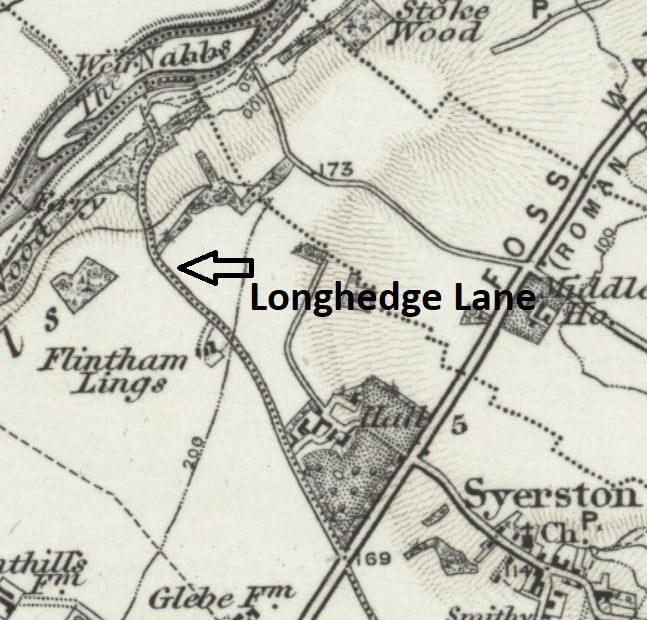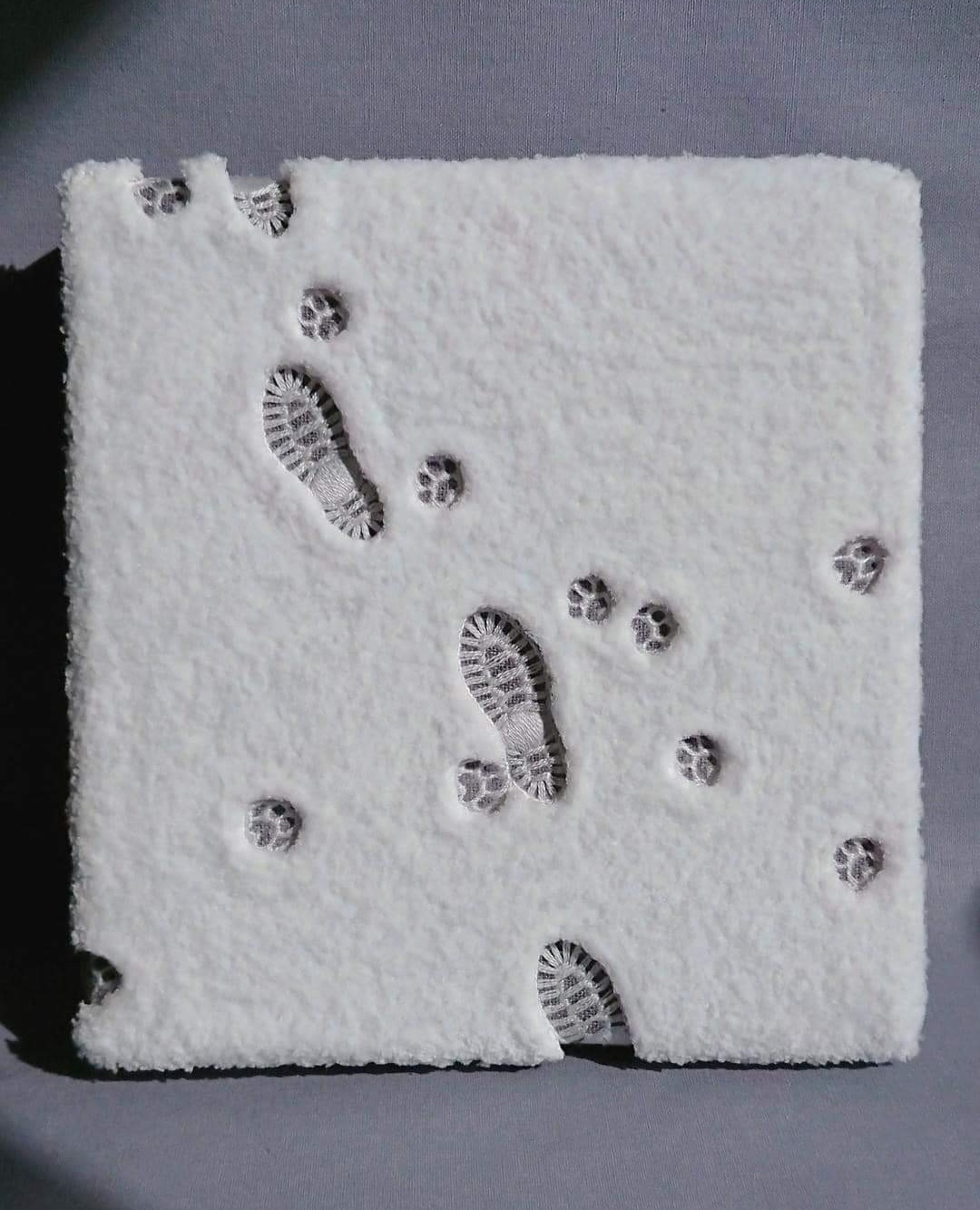I am really interested in this theme because I enjoy it and feel compelled to create work that resists closure. Its like a poignant and intimate way of encouraging relationship between the audience, your work and yourself. It is also a mechanism that doesn’t cloud or distract through an overstatement of the artists opinion; rather the viewer is left holding the power and responsibility for their reaction because they have more ownership of it. Giving “no correct answer” as an artists makes all answers possible. It requires that the viewer look at themselves, at their own life’s path and all its influences, to imagine their own answer.
Author: beth
-
Ambiguity
I feel like the first time I connected with this idea was looking at the Mona Lisa many many years ago. I remember wondering, why does she have that expression on her face, is she smiling, if yes what is making her smile, what is she thinking about, what is she looking at? etc. It is such an iconic image that has fascinated people for centuries and I think a huge part of that power is because of the ambiguous quality it possesses.To explore this idea more I will look at 1 literal piece of work and 1 ambiguous piece of work.Janneke Hooymans and Frank Tjepkema XXL chair is the first piece I’m looking at.Roman Signer is an artist that deals with moments, action and what’s left behind afterwards. The idea of process and how know that something has happened.‘Swiss artist Roman Signer has been redefining sculpture for more than 40 years and is now regarded as one of the finest representatives of Process and Conceptual art. He produces elementary dynamic sculptures and installations, also known as time sculptures for their preoccupation with the transformation of materials and objects through time. In his actions, acceleration and change are part of the creative process and he uses photography and moving image to document his work.Characterized by processes and potentialities, his work takes into account the concepts of Minimalism and Conceptualism, and with this Signer occupies a unique position in the recent history of sculpture. Signer exploits the possible uses and limitations of everyday objects, such as umbrellas, bottles, tables, chairs and candles, through a process guided by both curiosity and discipline. Like the director of a thriller, he makes use of tension and surprise—with the distinction that in his case everything takes place in the here and now. The works are the direct result of processes initiated by the artist.’Tony Cragg sculptures are both utilitarian and sculptural, refusing closure for use and object description.His work isn’t about a thing in particular, yet it’s not work about nothing. It is work about many things and this is a part of his intrigue.He sits in a space where a total something is bigger than the sum of its parts. He tells us that not everything can be reduced. That you cannot distill the essence of all things.Lastly I’d like to mention titling, because it can be really important and add to ambiguity and amplify intrigue. -

Grazing Ecology: Rewilding English Longhorn Cattle in Sherwood Forest
“Grazing ecology is the battle between vegetative succession and animal disturbance.”
(Source: https://www.visitsherwood.co.uk/nature-at-sherwood/bigger-beasts/)
A Nottinghamshire farming business is using native cattle and sheep to balance profitable food production and ancient landscape management.
Thoresby Estate has an arable area stretching 30 miles top to bottom and a livestock enterprise managing multiple breeds in a variety of landscapes – including woodland that was part of the original Sherwood Forest.
The Estate aims to balance the farm and the land harmoniously to benefit the environment and the business.
“If we can tick a lot of boxes, with something working for the arable, livestock and the environment we manage, that’s what we are trying to achieve,” says farm manager Will Baker.
(Source: https://www.fwi.co.uk/livestock/grassland-management/why-ruminants-are-key-to-managing-farms-ancient-landscapes)
Contacted Thorsby Park Farm Estate to see if I can forage some fur.
Spoke to secretary of the UK Long Horn Cattle Association who advised contacting herd managers and abertoirs to try and get hair/ horns. How do I do this ethically?
-

Longhedge Lane – Nottingham’s Neolithic path
Longhedge Lane is one of the mysterious ancient roads of Nottinghamshire, but few know of its existence. It is pretty clear where one it starts in the NW – the ancient Hazelford crossing of the Trent, where the river divided into at least two channels which could be forded until the 1800s or so and later had a ferry nearby.
From Hazelford it climbed up out of the ‘Trent Trench’ onto the higher ground where the Battle of East Stoke was fought, then proceeded broadly ESE across country avoiding every village until it got to a crossing of the River Smite known as Oscar Bridge – where there was a bridge at least as early as 1351. Then it crossed a ridge of higher ground until reaching the River Devon, a distance of about 11km. Beyond that is open to conjecture – it has reached the gateway into the Vale of Belvoir and beyond. Probably it connected into the better-known Sewstern Lane and so was part of a N-S road.When did it develop? There has been much speculation, but Bronze Age origins have been suggested. It remains as a public byway, unsurfaced for large sections, although the NW end has been breached by the construction of RAF Syerston.That this is an ancient road and was well known in Norman times is pretty clear. Its SE end makes the boundary between Notts and Leics and then for much of its route parish boundaries run exactly along it. This is a useful indicator.Esdaile’s book on Rutland (1845) speculated that it was Roman and was convinced it connected to Ermine Street. He noted that at the SE end ‘it heads straight for Bottesford Church’ but the alignment for the last section had been altered by then during the enclosures. But, he found, ‘the works of the old part is still to be seen in the old meadows, which have never been plowed, it has come straight forward after the river to the Church….’ The answer may be that it does indeed date from the Bronze Age but was like Sewstern Lane, later used by the Romans and continuously so into medieval times and beyond – perhaps as a route to cross the Trent in preference to Newark or Cromwell.LONGHEDGE LANE – OUR ANCIENT ROUTEWAY
I have previously posted about Longhedge Lane, the prehistoric routeway that ran through Sherwood Forest, across the Trent at Hazelford then via what is now Bottesford to join the equally ancient Sewstern Lane west of Grantham. It was part of a network of tracks that existed in the Iron Age and before.
From Hazelford in Notts to Bottesford just inside Leics the ancient route is pretty easy to follow, except where it has been diverted for an airfield. After Bottesford it becomes much more difficult with overgrown paths and a few tricky hedges to negotiate, before opening out along a field edge.
Walking this section it became very clear how it lined up with Bottesford church spire – which stands at the crossing point of the river. It also follows an alignment from Bottesford that brings Belvoir into view in the other direction. Makes you wonder what was on the hilltop at Belvoir before the Normans….
For the last mile before the canal, the ancient route is paralleled by a later one, clearly built as a better link between Bottesford and the canal. However, the parish boundaries follow the ‘old’ path and these are a useful indicator of pre-existing features.
-
Boryana Petkova: Desire Lines
“The series of drawings on canvas paper consists of several large format performative drawings (format adapted to the height of my body with raised hand -220x150cm.) These drawings are made all in the same way: I start drawing from the bottom up as I slowly get up from squatting to an upright position. I repeat this without stopping and without moving away as long as I can.The drawing ends when the body fails to stand up.The crossed paths that are formed by the movement of my body are the lines of desire. These drawings visually synthesize how the semantics of the idea of the human will to progress unfold. From the initial effort to keep the body upright to the metaphorical equivalent, describing the personal life course of vertical ascent, where after each point reached follows a descent to the starting point of a new ascent.” -
The Kings Road
Video about one of the most ancient routes in Nottingham, The Kings Road
by local historians Adrian Gray:































